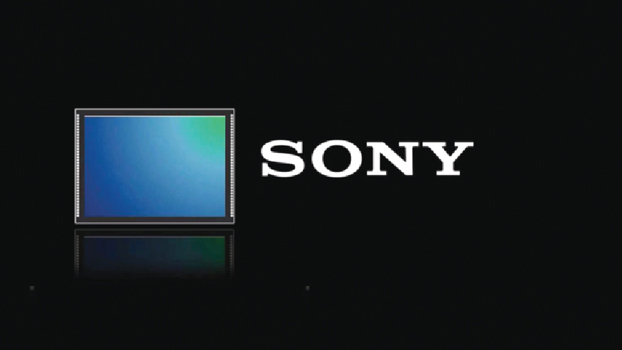Sony is an unexpected victim of its own success

Sony’s smartphones might have been falling further behind the competition in recent years, but demand for its image sensors is so high that its chip factories have been running non-stop through the holiday season. As reported by Bloomberg, this is the second year that Sony has had to run its factories around the clock throughout the holidays to try and keep up with component demand. “We are having to apologize to customers because we just can’t make enough,” said Terushi Shimizu, head of Sony’s semiconductor business unit. With smartphone manufacturers putting an increased focus on the quality and number of cameras that appear in their devices, Sony’s sensor business has gone into overdrive.
The Japanese firm is doubling its capital spending on this segment to $2.6 billion this year. It’s also building a new plant in Nagasaki, though that won’t be ready until April 2021.
“Judging by the way things are going, even after all that investment in expanding capacity, it might still not be enough,” Shimizu said.
After the PlayStation, semiconductors are now Sony’s most profitable business segment.
The company has raised its chip unit’s operating income outlook to around $1.8 billion for the year ending March 2021, and it predicts revenue will climb 18 percent to about $95 billion, of which image sensors account for 86 percent.
Sony earlier this year revealed that it controls 51 percent of the image sensor market. It’s aiming to push that share to 60 percent by fiscal 2025. Sony also expects demand for Time of Flight (ToF) sensors to start increasing next year, especially as the 2020 iPhones are predicted to feature ToF sensors.
They measure the time it takes for an infrared beam to bounce off an object and return to the sensor, allowing more accurate depth information that can aid AR, bokeh/background blur, and low light photography.
"This was the year zero for time of flight," said Shimizu. "Once you start seeing interesting applications of this technology, it will motivate people to buy new phones."
Back in May, Sony said it wouldn’t be selling off its unprofitable smartphone segment, which sells just 6.5 million handsets annually. The firm is expected to launch a new flagship, the Xperia 3, at MWC in Barcelona this February.


